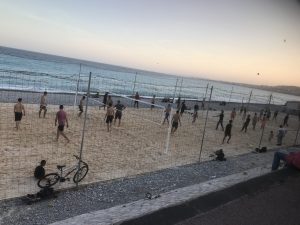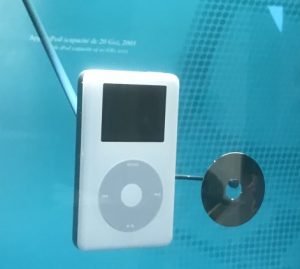As someone who works as an EMT for Emory’s Emergency Medical Services (EEMS), I found our class excursion to the Musée Service de Santé des Armées really intriguing. There were many tools and displays detailing how emergency medicine existed in the past. I was actually surprised to see displays and models of how surgical rooms were set up and how similar they all were to the type of Operation Rooms we have nowadays. It was quite surprising to me to realize how although medical knowledge has very obviously changed and improved in the past couple hundred years, medical treatments and medications are still very similar. There’s a clear foundation in transportation measures and drug administration. For example, people still pack wounds with gauze, syringes are still used to administer some medications, and stretchers and wheelchairs in the current day and age are pretty similar to what we were shown in the museum. Even something like autoinjectors that quickly give a dose of epinephrine to someone having an anaphylaxis episode was around way longer than I had originally imagined. It was quite incredible to see how even though medications and the compounds within them change over time, the method of administering them is still very much the same.












